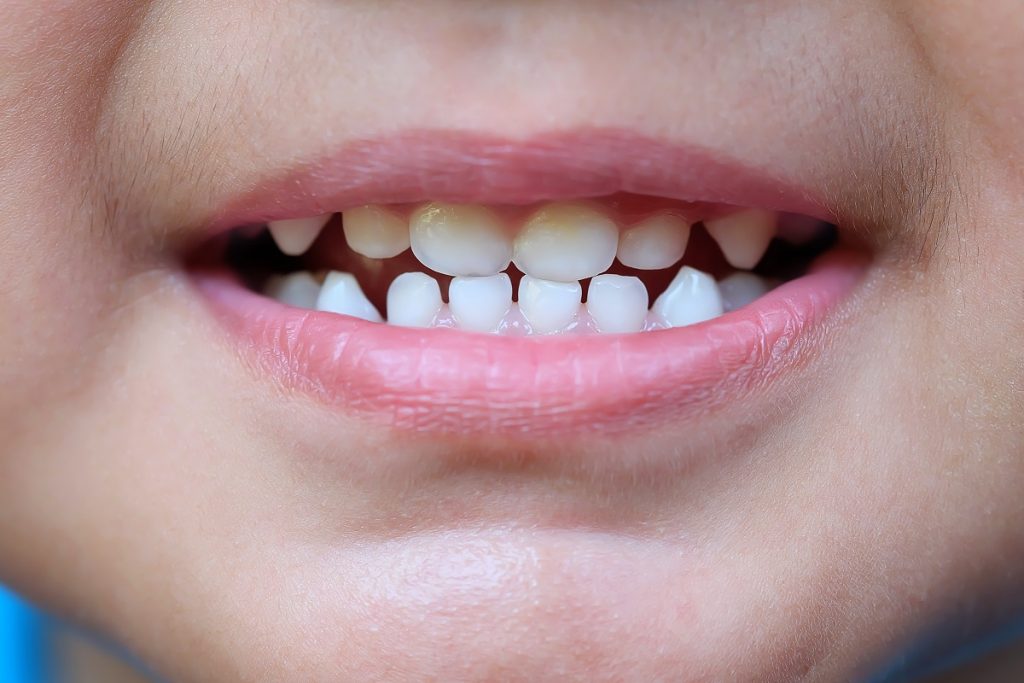Enamel refers to the hard outer cover of your teeth. One of the prevalent conditions that affect it is enamel hypoplasia. This is characterized by weak or no enamel on the teeth and affects both milk and permanent teeth. In most cases, people ignore the symptoms of enamel hypoplasia until the condition causes grave issues. Some of the common symptoms you might notice are white spots, tiny depressions and pits on the teeth and uneven wearing of teeth.
In children, these symptoms will only be attributed to enamel hypoplasia by a kid’s dentist in Murray. This is because these symptoms are often misdiagnosed for other issues. Starting your kid’s dental visits when his/her milk teeth eruption starts is thus essential. Most cases of enamel hypoplasia in kids are hereditary. The condition can nonetheless be part of a spectrum of genetic syndromes like Seckel, Usher and Heimler syndromes. It is also associated with maternal vitamin D deficiency, drug use during pregnancy, low birth weights and dental trauma. The following are some of the treatments a dentist will recommend for enamel hypoplasia.
Re-Mineralizing Toothpaste
For minor hypoplasia, a dentist might recommend the use of re-mineralizing toothpaste at home. The toothpaste replenishes the calcium that makes the primary ingredient for dental enamel. Re-mineralizing toothpaste is often used twice daily and combined with the increased intake of calcium-rich foods to guarantee the highest benefits.
Bonding
Acute and advanced enamel hypoplasia is often managed by dental bonding. In this case, a resin that resembles your child’s natural tooth color will be bound to the weakened tooth. It protects the underlying tooth structure from the damaging effects of exposure to environmental elements. Moreover, the bonding material will strengthen the tooth and enhance its functionality. Dental bonding is a relatively easy and quick process that involves the preparation of the tooth’s surface before application of the resin. After this, the resin is hardened in place using a curing light.

Veneers
These are generally used on front teeth damaged by enamel hypoplasia. The veneers are thin porcelain shells that are stuck on the outer side of the damaged teeth. They primarily enhance the look of damaged teeth but will also protect their inner parts from additional damage. The veneers are customized to fit a tooth’s shape. The dentist then chips a small layer of the enamel before applying the veneer so that it looks more natural.
Fillings
These are meant to cover the pits that often characterize enamel hypoplasia. Tooth-colored fillings are ordinarily used on the front teeth while the back teeth make do with metal fillings. At times, the dentist might use sealants instead of fillings to cover the pits in teeth.
The goals of the above treatment approaches are the prevention of tooth decay and preservation of a tooth’s structure. The treatments also help kids maintain a proper bite to avert nutritional deficiencies. Some parents might see no need for treating enamel hypoplasia in milk teeth. When untreated, however, the condition complicates to extensive dental cavities and browning of the entire tooth. These often necessitate the removal of the affected tooth and compromise permanent dentition.

